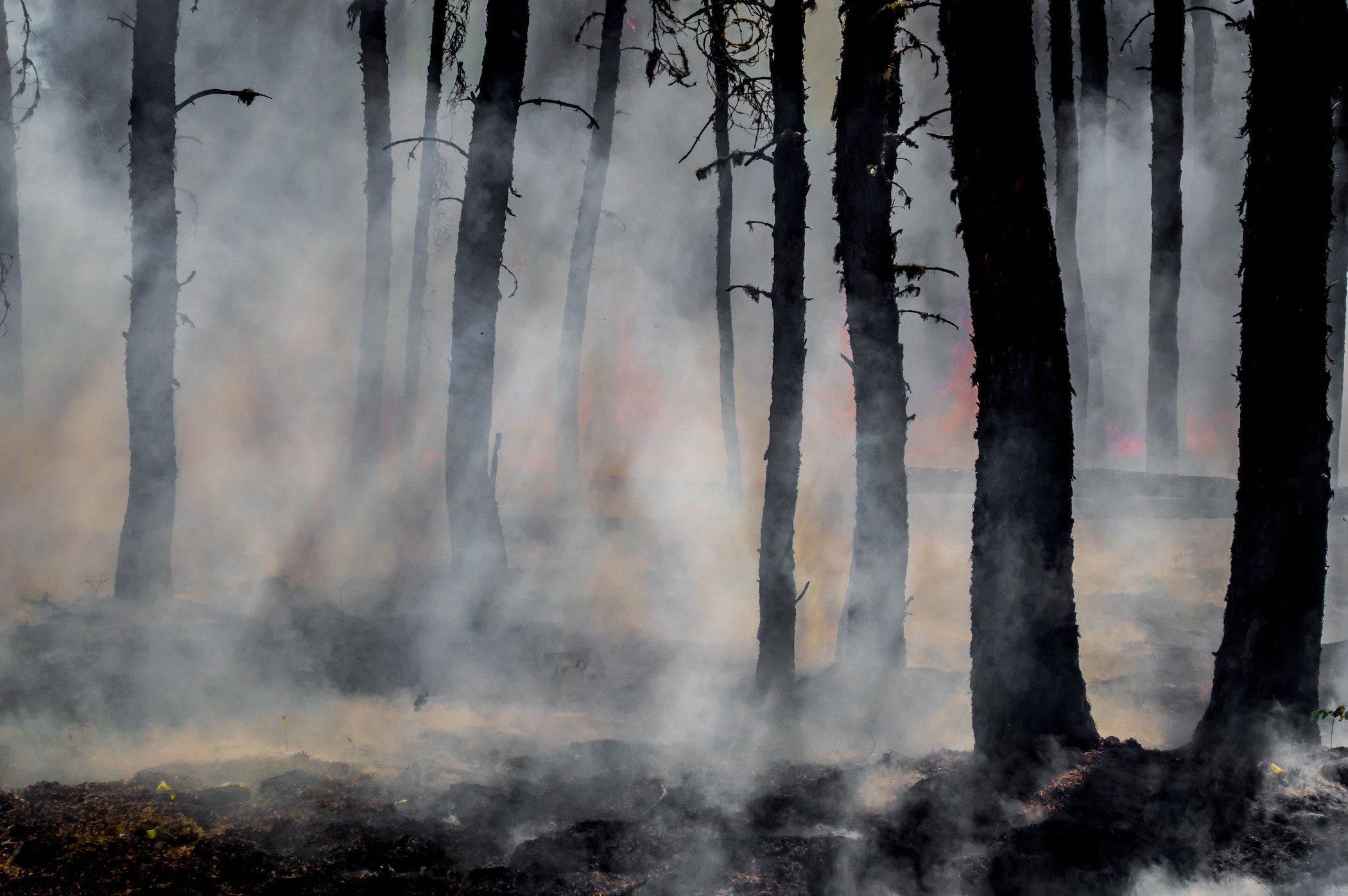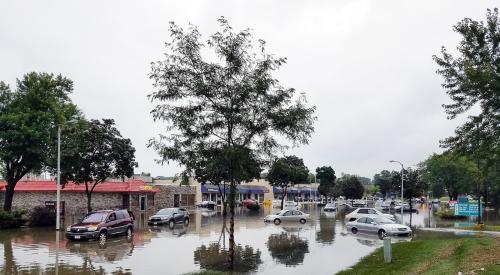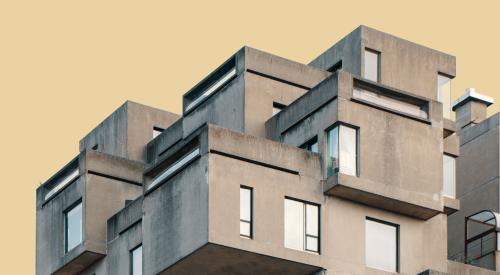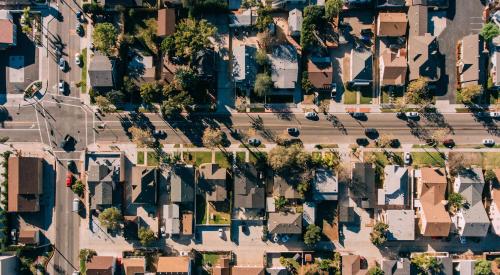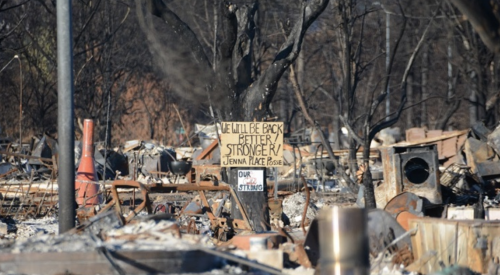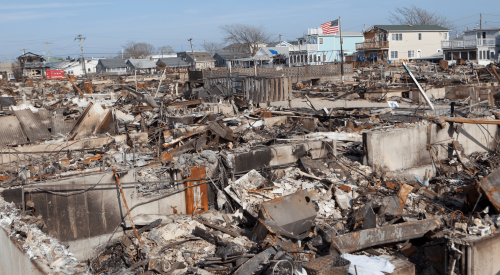Michael Tachovsky, an economics expert and consultant in real estate damage at Landmark Research Group, is weighing in on how the real estate industry can minimize future wildfire risk.
Writing for the Urban Land Institute (ULI), Tachovsky explains that wildfire-prone communities have an opportunity to create resilient infrastructure prior to the next fire strike. In 2018, the rate of rebuilding within fire zones in the five years after the event was about 25 percent, per California Fire Science Consortium data. Yet, other natural disaster events have higher rebuild rates. Tachovsky says to encourage rebuilding, builders and developers should look to the homeowner, since the desire to be part of their community, along with attachment to place, are strong rebuild incentives beyond economics.
An emerging field of study called “post-traumatic growth” focuses on why some people end up better off after a traumatic event than they once were before. After a traumatic event, people either dive, survive, or thrive, with “diving” meaning that one is worse off than prior to the event, “surviving” meaning that one returns to his or her baseline, and “thriving” indicating that one exhibits post-traumatic growth. The term resilience is often used to depict a return to baseline, but how do you create a marketplace with a higher rate of rebuilding after a wildfire?
